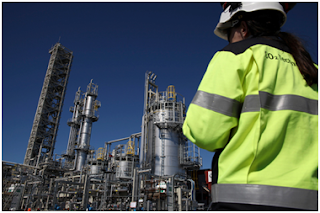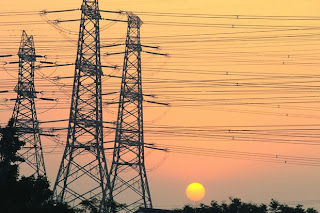According to the Shawn Bartholomae , CEO of Prodigy Oil and Gas company of Irving, Texas. The reflection of the eco energies loosing market position and rise of conversional fuel is affecting turbine and solar industry.
For two consecutive years the eco energy has fallen over one third on all over the USA. According to 2011-2012 economical report the clean energy faced its largest downfall in America which is nearly 41% declining investment as compared to a year a go.
The eco energy sector of Europe is also in danger because government have removed all kind of subsidies form clean energy , and that effected on Chinese market too, over 0.80 billion has been cut off.
At the same time the cheap natural gas started to hit the market and the shale production from the fields in America is showing great signs of growth.
Because of the cost solar panel couldn’t reached its target and slow technical growth is this particular sector making it hopeless on the other hand the low price fuel gas is taking over and modern technology is making it creeper.
The growth of Gas drilling turned the fuel market towards a cleaner nature as LNG and gas burning fuel.
The turbine manufacturing industry and the tower producers have had slowdown their business because of the wind productions tax credit is set to expire.
The management and increasing technological abilities have worked together for oil and gas industry to deliver more energy at lower costs.
Best of all, the American consumer is the winner.
For two consecutive years the eco energy has fallen over one third on all over the USA. According to 2011-2012 economical report the clean energy faced its largest downfall in America which is nearly 41% declining investment as compared to a year a go.
The eco energy sector of Europe is also in danger because government have removed all kind of subsidies form clean energy , and that effected on Chinese market too, over 0.80 billion has been cut off.
At the same time the cheap natural gas started to hit the market and the shale production from the fields in America is showing great signs of growth.
Because of the cost solar panel couldn’t reached its target and slow technical growth is this particular sector making it hopeless on the other hand the low price fuel gas is taking over and modern technology is making it creeper.
The growth of Gas drilling turned the fuel market towards a cleaner nature as LNG and gas burning fuel.
The turbine manufacturing industry and the tower producers have had slowdown their business because of the wind productions tax credit is set to expire.
The management and increasing technological abilities have worked together for oil and gas industry to deliver more energy at lower costs.
Best of all, the American consumer is the winner.


